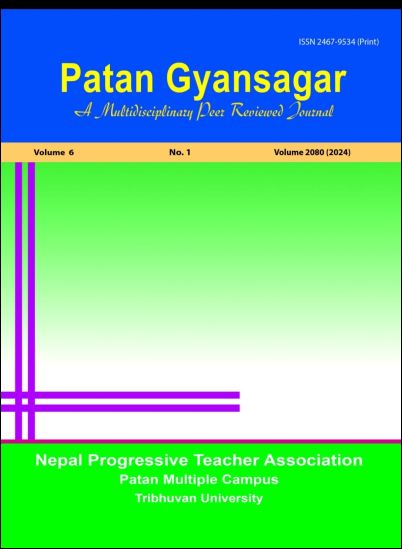People's Multi-party Democracy: A Success Story of the Communist Movement of Nepal
DOI:
https://doi.org/10.3126/pg.v6i1.67405Keywords:
Multi-party, people's democracy, parliament, proletariat, communist partyAbstract
The 1990s was a crucial time in the global communist movement that faced a serious setback after the collapse of the USSR and other East European communist and socialist governments. In Nepal, communist parties allied with the Nepali Congress, a democratic party to stage the people’s movement to end active monarchy and restore democracy. The call for the people’s movement by the parties appealed the people and they took part in the movement in a historic way. That movement succeeded to restore democracy and end the active monarchy. Madan Bhandari, the secretary-general of the Communist Party of Nepal (Marxist and Leninist) witnessed this unprecedented participation of the people in a peaceful democratic movement and realized the need to democratize the communist movement, so that, they could build people’s trust towards communist parties. In the general election held in 1991, communist parties won forty percent of the seats in the parliament and popular votes as well. In this context, Bhandari presented the document of people’s multi-party democracy in the fifth national congress of the Communist Party of Nepal (Marxist and Leninist) held in 1993, and it was passed overwhelmingly in the congress. This article attempts to make a textual analysis of the document of People’s multi-party democracy to examine the major aspects of the document and to see how successful it has become in democratizing the communist movement in Nepal.




